D’O opened in 2003 in Cornaredo, just 11km northwest of Milan. This is the home town of chef Davide Oldani, who after a career as a teenage professional soccer player switched to cooking and trained with chefs including Gualtiero Marchesi, Albert Roux, Pierre Hermé and Alain Ducasse. In 2005 the restaurant was awarded a Michelin star, and a second star followed in 2020. His “pop cuisine”, as he describes it, blends savoury and sweet flavours. It offers four tasting menus but today we had a surprise menu of the day. The restaurant name reflects the initials of the executive chef and owner but also means “to give” in Italian. The normal menu was priced at €225 (£193) but we had a slightly different menu today that was arranged by the friend that I went with. The dining room seats up to 30 guests, and there were no less than 15 chefs on the kitchen cooking today, which is quite a ratio. Davide Oldani was here today, as was his head chef Alessandro Procopio. The dining room has floor to ceiling glass windows looking out over the village square, opposite a church. The restaurant is designed to feel as if it is connected to and part of the surroundings. There is an open kitchen with one table directly looking in to where the chefs work. There is a separate development kitchen and bakery just yards away. Indeed, there was also a building site opposite that will soon be a small three table restaurant to complement the main one.
The wine list was on an iPad and seemed substantial, though with such lists it is hard to gauge. Sample labels were Prunotto Barbaresco 2018 at €70 for a wine that you can find in the high street for €49, Torraccia Vigna Pelizzane Ghemme 2015 at €100 compared to its retail price of €50, and Egon Muller Riesling Scharzhof Kabinett 2018 at a bargain €120 for a wine that will currently set you back €178 in a shop. For those with the means, Louis Latour Criots Batard Montrachet 2015 was €500 compared to its retail price of €473, and Philippe Pacalet Corton Charlemagne 2020 was €620 for a bottle whose current market value was €473. A good choice would be the lovely Jermann Where Dreams Have No End 2015 for €100 compared to its retail price of €70.
The meal began with a flurry of canapés. An edible oregano scented candle of extra virgin Puglian olive oil and beeswax was set aflame and then the residue was used as a dip for a little bread canape of a tomato waffle and tomato compote with sorrel leaf. This was certainly unusual but in essence was an artistic piece of bread with an olive dip. A chickpea cracker was made of fried chickpeas and had quite crisp texture, topped with chickpea hummus and coriander emulsion. This worked well, the contrast of textures being enjoyable. A steamed bao bun had Piedmontese “wagyu” beef with peanuts, gherkins salad and carpaccio sauce. The bun was soft and the beef flavour seemed a little lost, but this was certainly very pleasant. There was also a mojito jelly with lime zest on a stick in a cocktail glass, which was quite refreshing. Finally, there was an amuse bouche of salt-cured scallop with green apple, Franciacorta sparkling wine, matcha green tea granita and a garnish of oscietra caviar (from Kaviari, a French supplier of Chinese caviar) and silver leaves. The scallop was an Italian one and to be honest lacked much flavour compared to, for example, an Orkney scallop. The canapés were certainly quite elaborate but rather varied in terms of overall flavour and success (16/20).
The first formal dish was a caramelised aubergine with 27-month aged Grana Padano cheese. This was served both hot and cold, with crumbled puff pastry tomatoes and oregano. The contrast of textures worked well and the aubergine had excellent flavour (17/20). This was followed by a kind of cold ratatouille with a roll of coloured courgettes, summer truffle, fresh goat cheese from Roccaverano, a scapece (escabeche) sauce of courgette with champagne vinegar and toasted pumpkin seeds. This was a pretty and successful dish, the courgette excellent, its flavour lifted by the cheese, and the blend of different textures contributing to a lovely summer dish (17/20).
This was followed by a salad based on a traditional recipe from Liguria. Bluefin tuna was accompanied by Taggiasco olives, spring onion, cashew nuts and soy, borage flowers, and “an emulsion of cashew and soy, the vinegar in the dressing nicely cutting through the richness of the tuna. On the side was an excellent little San Marzano tomato soufflé. The combination of textures, the contrast of hot and cold and the balance of sharpness and richness was lovely (17/20). A pasta dish followed. Bronze die-cut spaghetti from Bari was cooked in a pan and served with spicy Costoluto tomato carpaccio, emulsion of yellow Datterini tomatoes, black tomatoes with their seeds, dried Sriato tomato from Tuscany, red amaranth cress and toasted poppy seeds. The tomatoes had good flavour and the spicy kick was bold and interesting; the pasta itself was perhaps the least successful aspect of the dish, the texture a little firm to my taste. Still, this was a lively and enjoyable dish (16/20).
The next dish was a rice dish, essentially a risotto made with carnaroli rice sourced from quite nearby from a producer called Ferraris. What set this apart was the visual aspect: the dish was a nod to the abstract artist Jackson Pollock (“Jack the dripper”) so the rice was brightly coloured with dabs of assorted coloured sauces such as red and yellow peppers. There was also roasted Scarpetta baby squid, cuttlefish ink sauce, watercress sauce and a little Gran Padano cheese to provide some richness and lemon juice for freshness. Sometimes such visually striking dishes can be a triumph of form over function but fortunately the risotto was technically superb, the stock excellent and the texture of the rice lovely (19/20).
Blue lobster was next, the tail grilled and extremely tender, served with pickled Tuscan aglione (a large variety of garlic), saffron potatoes, oxalis, bisque and lobster coral powder. This was served with grissini on the side. The lobster had particularly good natural sweetness and was superbly cooked, the accompaniments working well to complement it (18/20).
Mieral pigeon was next, served in two stages. Mieral is a top-notch producer in Bresse that has won numerous local poultry competitions, so the pigeon was impeccably sourced. The breast was pan fried, glazed with chicken jus and white aubergine sauce, and came with pickled Zabrine aubergine, puffed amaranth, toasted sesame seeds, a touch of with a sweet and sour sauce involving the pigeon juices and some port. The bird was precisely cooked and had excellent flavour. The vinegar with the aubergine also usefully balanced the richness of the pigeon. The second serving of the pigeon was the leg, served with a sort of Greek dolmas with crunchy grape leaves, buckwheat and a little foie gras, topped with grape leaf and blackened lemon powder and mint emulsion (18/20).
A cheese course had a little more cheffy trickery. There was Ballone Maremmano goat cheese that had been aged in hay for a year, a “ricotta” actually made from sweet white onion mousse and black rice biscuit, with soft bread roasted and soaked in Gran Padano cheese broth. At this point what looked very like a dish of figs appeared. There was more culinary deception here and in fact this was a cocoa bread cake of chocolate, butter ice cream, butter and dried figs with a fig sauce. This came with a fig compote and raw figs with sherry vinegar. Again, the chocolate cake stood on its own merits and was not just a triumph of flashy technique over substance (17/20).
There were several petit fours. In a small glass was a “yoghurt lid” covering a crunchy honey muesli. There was also a kind of peach Melba, made with a cocoa butter raspberry with a filling of peach sauce, and a custard cream with raspberry filling. Saint Agata’ pastries included a sable biscuit with creamy sheep cheese and lemon. Finally there were little cones containing cacao ganache and passion fruit. These petit fours were all very pleasant if unremarkable. Coffee was Lavazza, which seems a rather quotidian choice for a fine dining restaurant. It would be nice to have seen some speciality coffee, at least as an option.
The staff were charming and efficient, and the bill came to €180 (£154) per person. The meal today was a lovely experience with some genuine highlights in the risotto dish and the pigeon in particular. This restaurant certainly deserves its two Michelin star rating.


































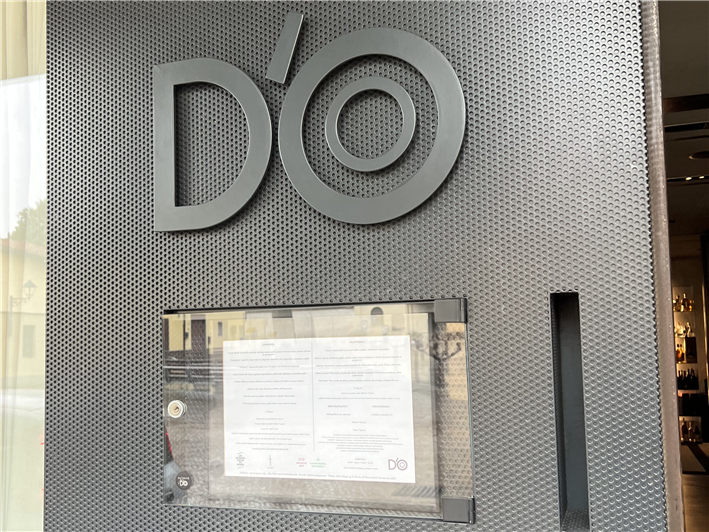

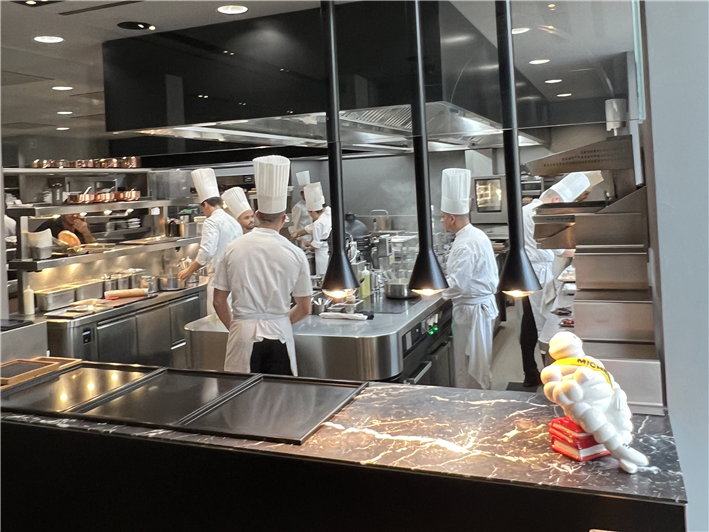

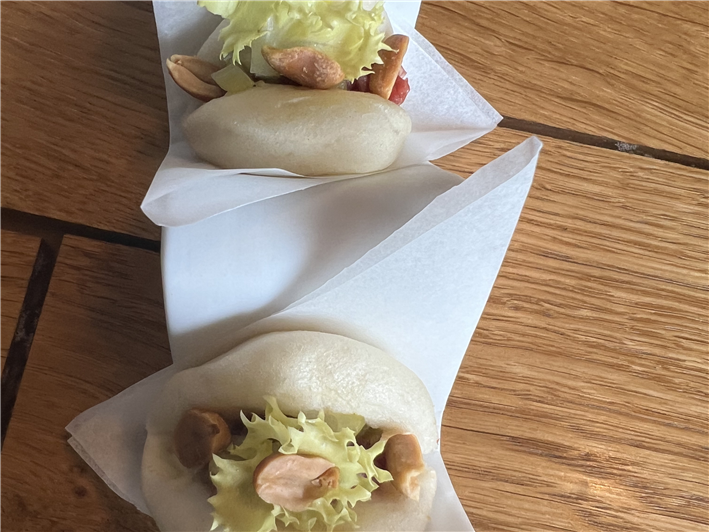
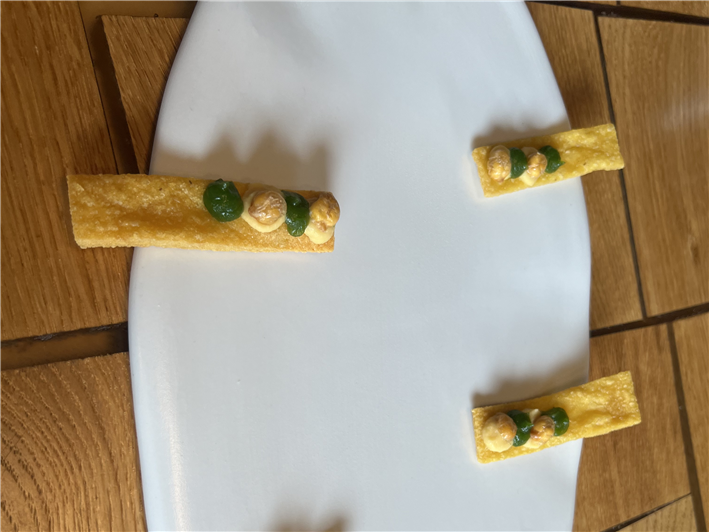

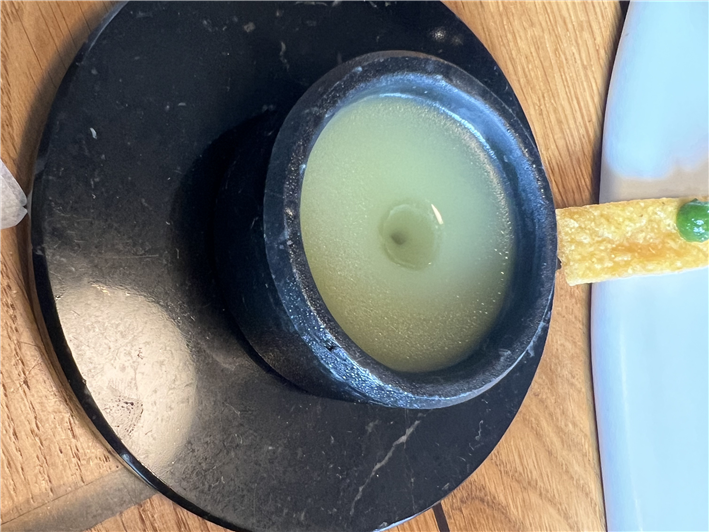

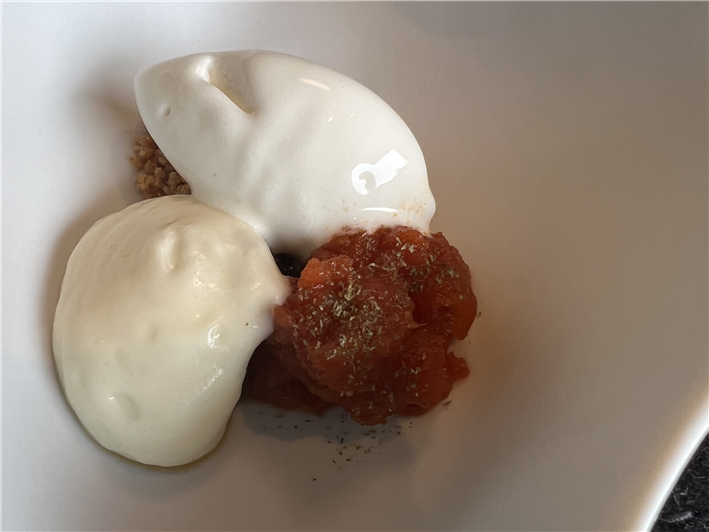
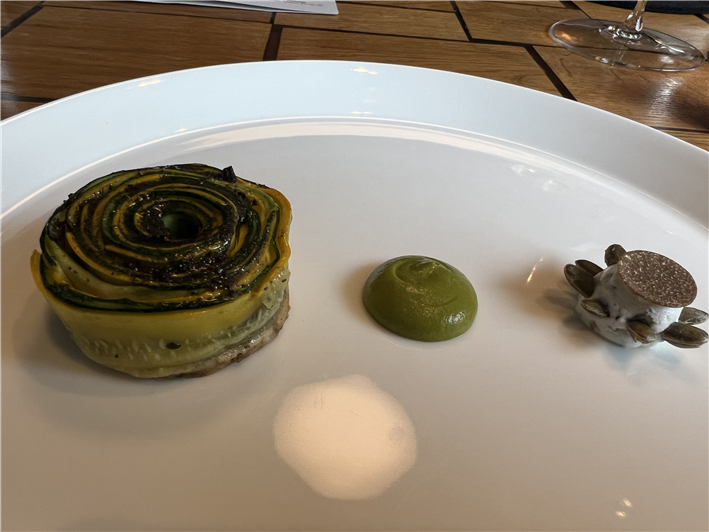
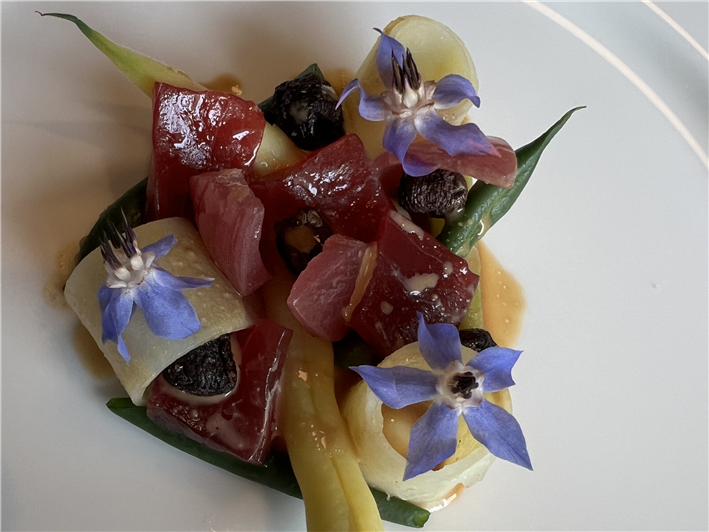
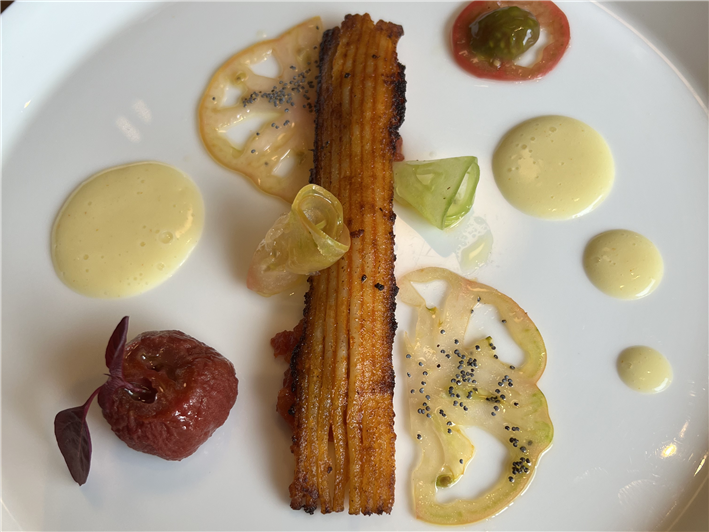

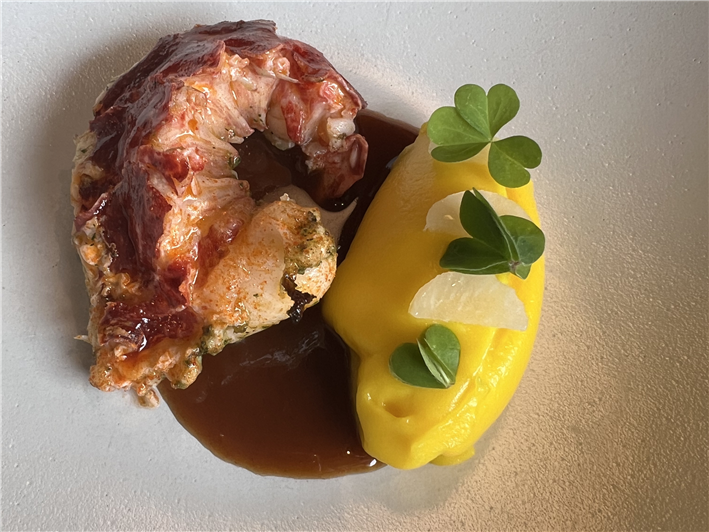
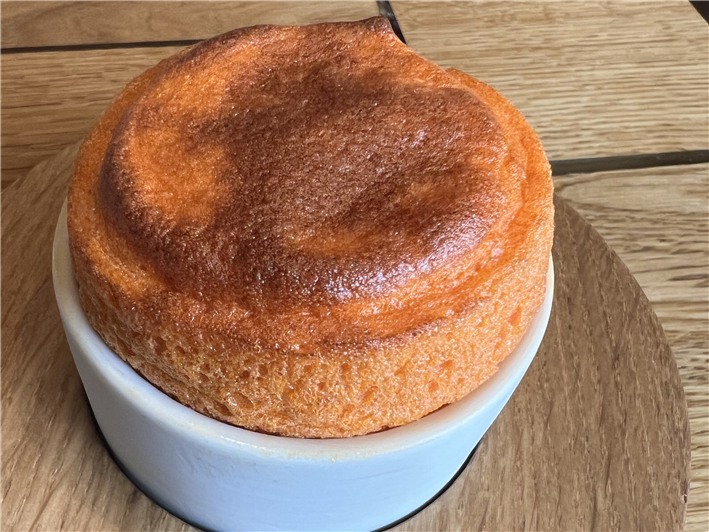
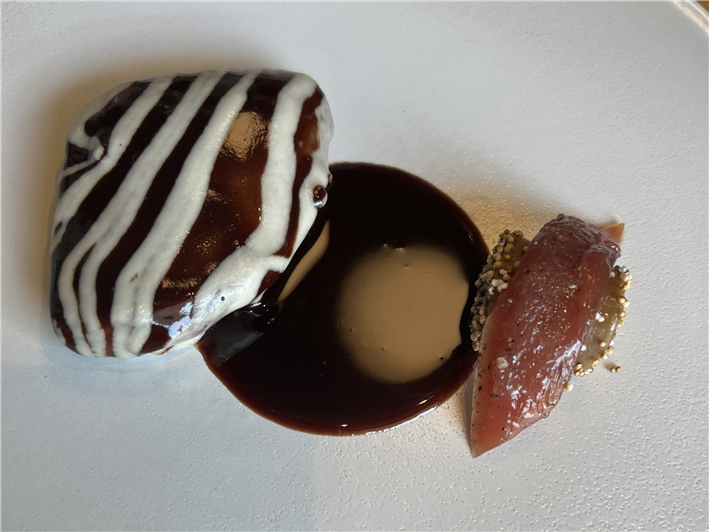



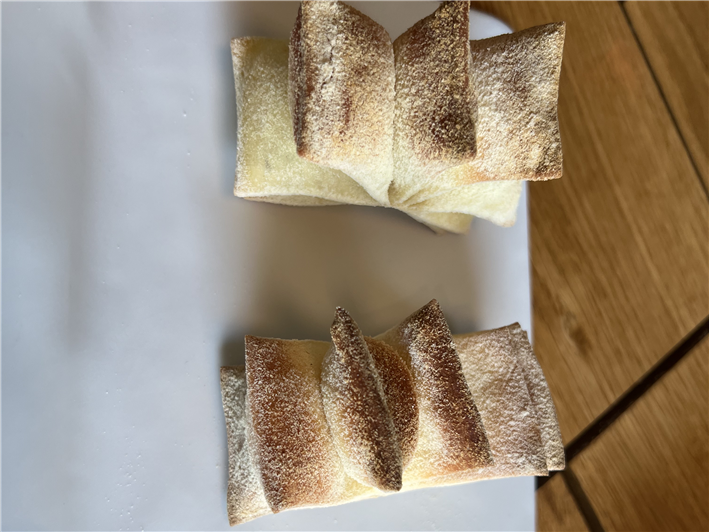




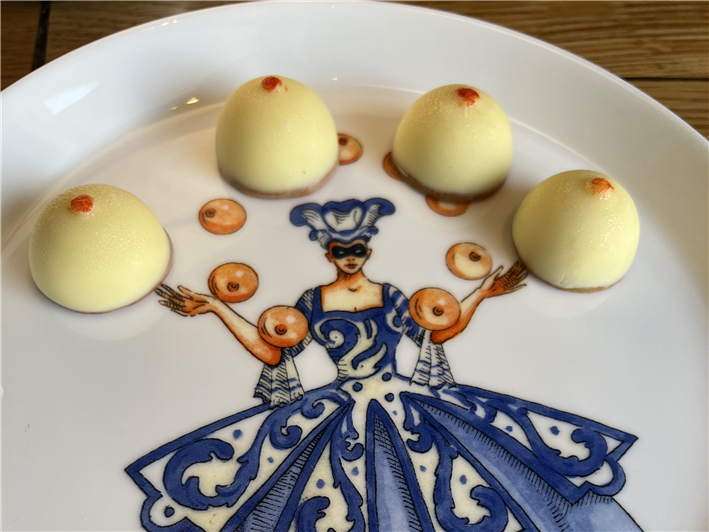
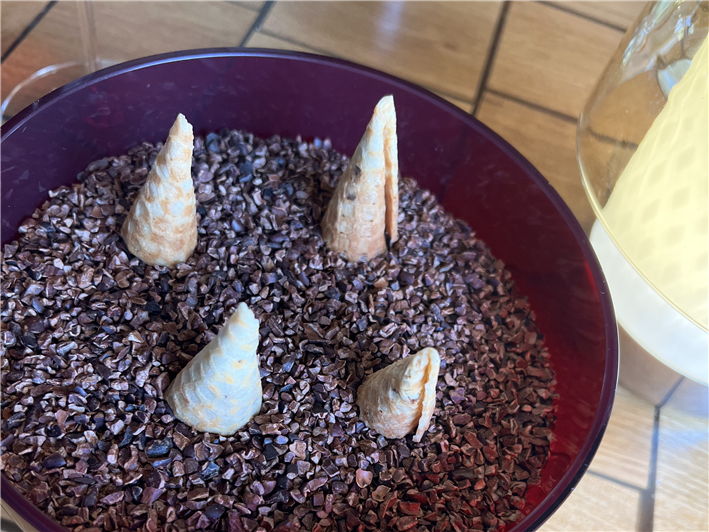
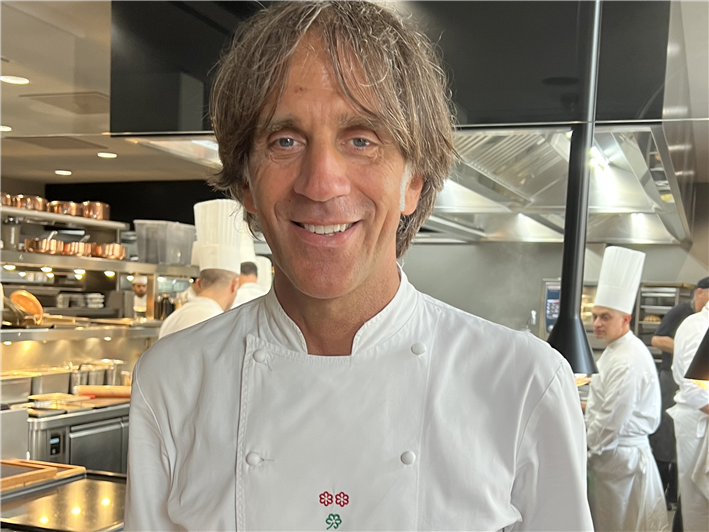
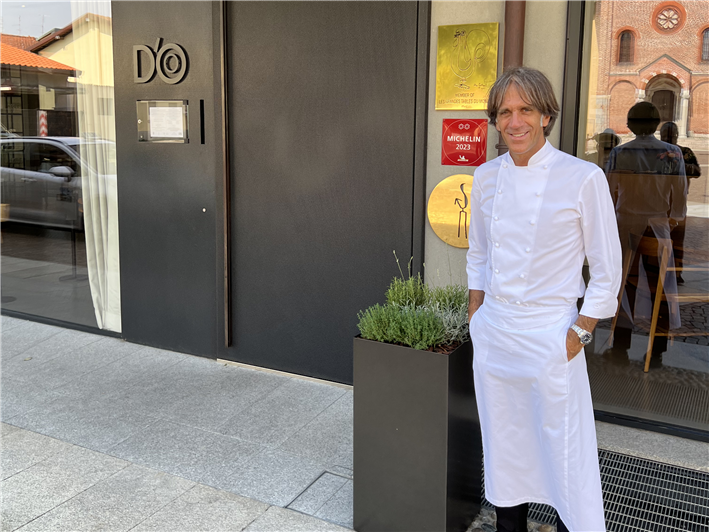

Add a comment
Thank you for submitting your comment, this will be checked and added to the website very soon.
User comments